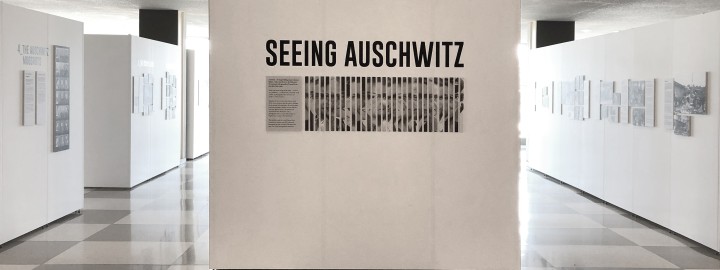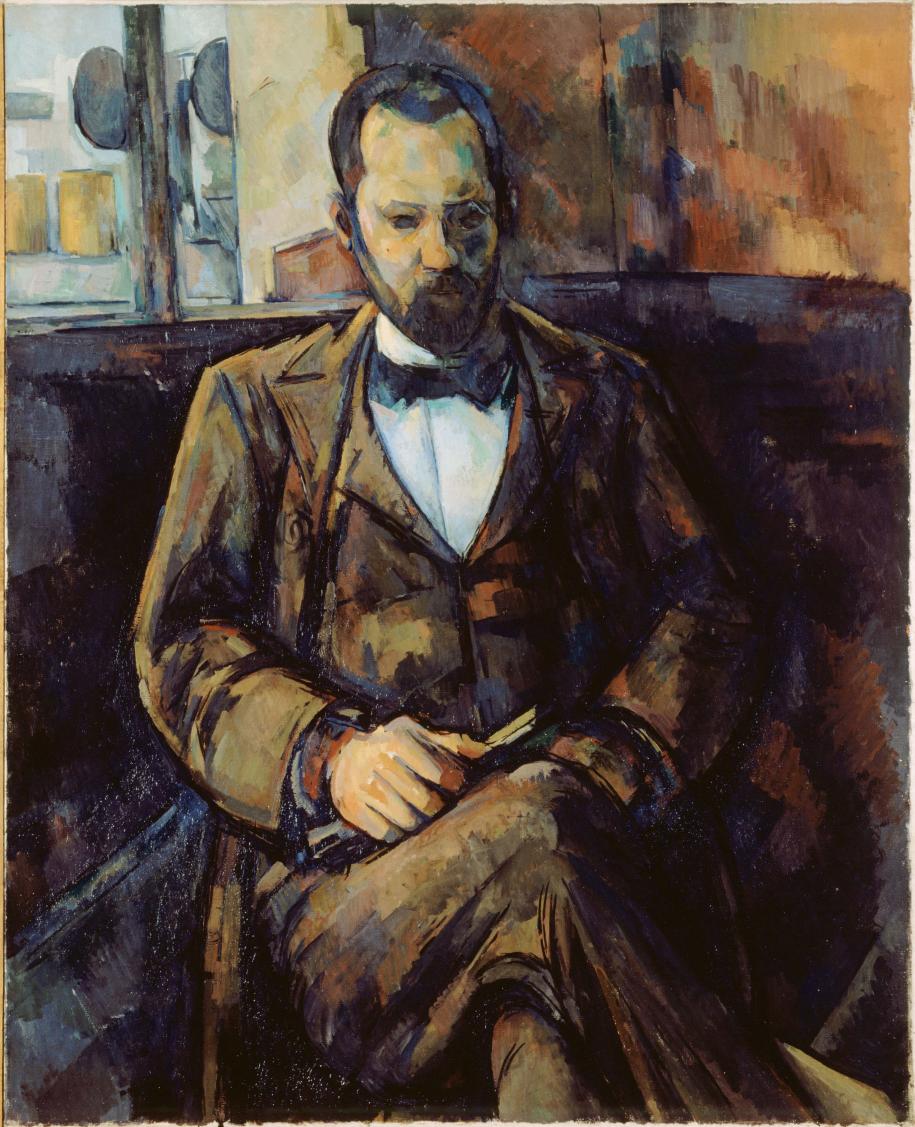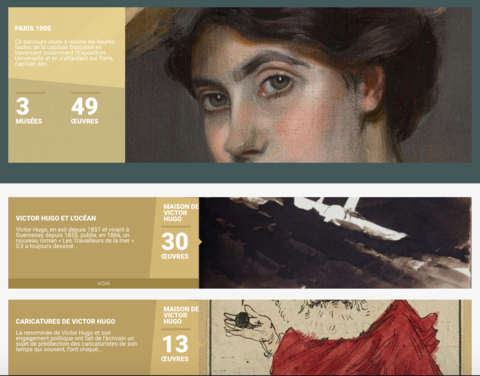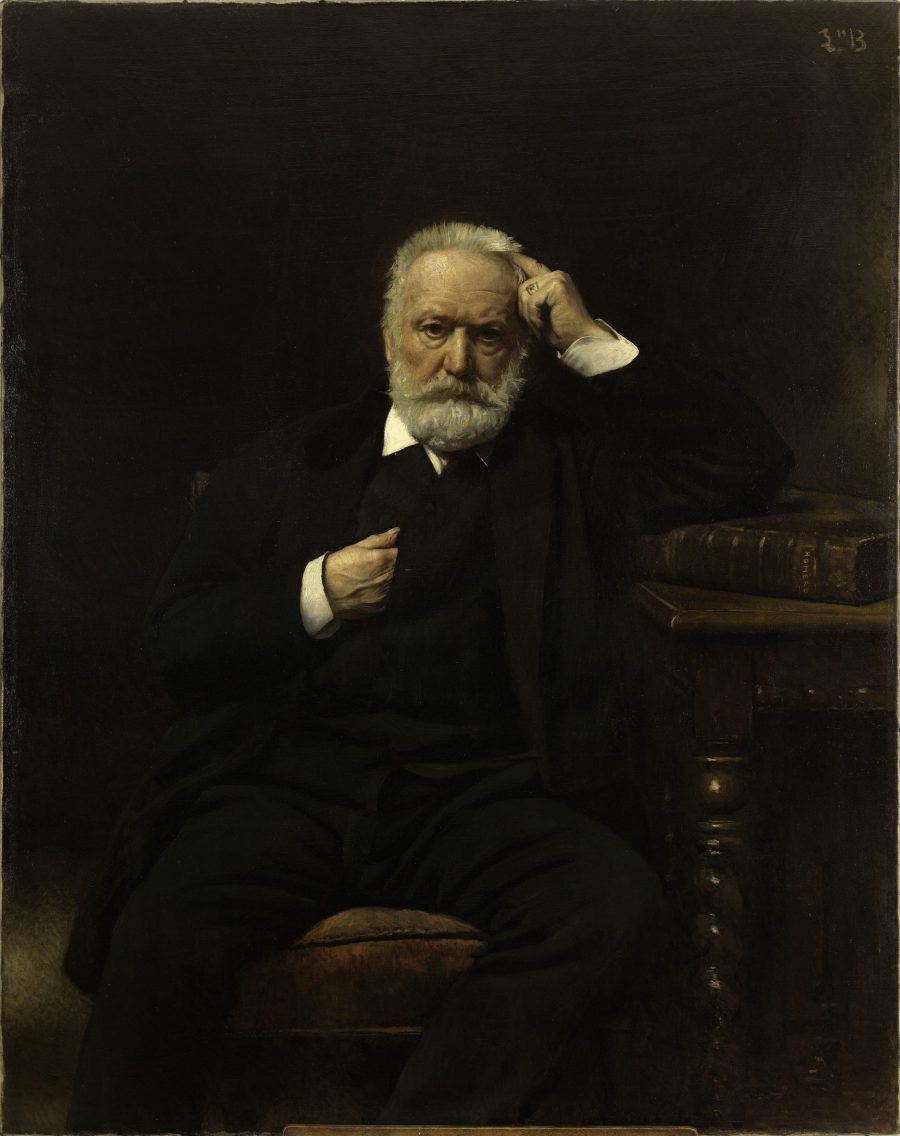Camp of Auschwitz-Birkenau
credits: Getty
27 January 2020 marks the 75th anniversary of the liberation of the Nazi German concentration and extermination Camp of Auschwitz-Birkenau by Soviet troops on 27 January 1945. In 2005, the date was officially proclaimed International Day of Commemoration in Memory of the Victims of the Holocaust by the United Nations General Assembly.
International Holocaust Remembrance Day
credits: UNESCO
"Seventy-five years ago, the 100th and 322nd divisions of the Soviet Army’s “1st Ukrainian Front” reached the Nazi concentration and extermination camp of Auschwitz-Birkenau, whose very name symbolizes the barbarism of the killing centres and concentration camps (...)
Audrey Azoulay, Director-General of UNESCO, message
The Holocaust profoundly affected countries in which Nazi crimes were perpetrated, but also had universal implications and consequences in many other parts of the world.
Exhibition: Seeing Auschwitz
credits: Katia Pizzi
@KatiaPORT
Education:
Educational approaches to the History of Auschwitz, ways to sustain the interest of new generations and raise awareness of its relevance in addressing contemporary issues is an important issue to teach in schools curricula.
Education has a vital role to play in fostering a culture of prevention, undermining prejudice, promoting peaceful co-existence and human rights, and cultivating respect for all peoples.
UNESCO recognizes that teaching about the History of the Holocaust is fundamental to establishing respect for human rights, basic freedoms and the values of tolerance and mutual respect.
credits: UNESCO
- Exhibitions:
Two exhibitions linked to the site of Auschwitz-Birkenau, the history of the Holocaust, and related research are displayed at UNESCO Headquarters offered visitors new perspectives on approaching the history of the Holocaust:
Exhibition: Crimes Uncovered: The First Generation of Holocaust Researchers
- The first exhibition "Crimes Uncovered: The First Generation of Holocaust Researchers", developed by the Wiener Holocaust Library, the House of the Wannsee Conference and Touro College Berlin focuses on the beginnings of Holocaust research starting with the first courageous individuals who documented the Nazi crimes at the time of the Second World War.
Exhibition: Seeing Auschwitz
- The second "Seeing Auschwitz", conceived by Musealia and the Auschwitz-Birkenau Memorial specifically for UNESCO and United Nations Headquarters, invites visitors to take a closer look at photographs of Auschwitz-Birkenau and those who perished there.
- Both exhibitions remain on show at UNESCO Headquarters until 5 February 2020.
School visits:
If you teach in Paris or near by, don't miss a school visit with your students. Do you want a better lesson? Authentic documents, photos, videos, and other staff.
credits: UN
Resources:
Almost one million men, women and children were killed there because they were Jewish mostly as soon as they arrived. In total, Nazis murdered 1,100,000 people at Auschwitz-Birkenau.
- Video:
Books: Diary:
Reading the diary of a person muddling through that history is jarringly different, more like the confusing experience of actually living it. In real time, people are slow to recognize events taking place around them, because they have other priorities; because these events happen invisibly; because changes are incremental and people keep on recalibrating.
The shock of Renia’s diary is watching a teenage girl with the standard preoccupations—friends, family, schoolwork, boyfriend—come to an inescapable awareness of the violence that is engulfing her.
You know Anne Frank's Diary of course. A Diary is an interesting part of the Narrative text. Students love to read a diary written by young people.
The Diary of Anne Frank is at once exceedingly special and totally normal. Her circumstances, her writing skill, and her insight make the diary extraordinary.
How do a diary helps us teach about this special narrative text ? Let's know a new diary written for another young girl. Renia Spiegal!
Renia's Diary
A Holocaust Diary
Renia Spiegal
The long-hidden diary of a young Polish woman's life during the Holocaust, translated for the first time into English.
Hidden for 70 years, a new invaluable contribution to Holocaust literature, the Renia's Diary was rediscovered inside a desk in New York (2018).
The shock of Renia’s Diary is watching a teenage girl with the standard preoccupations - friends, family, schoolwork, boyfriend - come to an inescapable awareness of the violence that is engulfing her.
Renia's Diary
A Holocaust Diary
Renia Spiegal
Renia Spiegel was born in 1924 to an upper-middle class Jewish family living in southeastern Poland, near what was at that time the border with Romania. At the start of 1939 Renia began a diary.
“I just want a friend. I want somebody to talk to about my everyday worries and joys. Somebody who would feel what I feel, who would believe me, who would never reveal my secrets. A human being can never be such a friend and that’s why I have decided to look for a confidant in the form of a diary.”
Renia Spiegal [1924-1942]
And so begins an extraordinary document of an adolescent girl’s hopes and dreams. By the fall of 1939, Renia and her younger sister Elizabeth (née Ariana) were staying with their grandparents in Przemysl, a city in the south, just as the German and Soviet armies invaded Poland. Cut off from their mother, who was in Warsaw, Renia and her family were plunged into war. Read some notes here
Some thoughts:
Diarists are among the most honest writers you'll ever know! Very few lies exist in a diary that carries the expectation of being private forever.
Also, a diary is written in a way that is characteristic of an era. One can learn about speech patterns, syntax, and changes in language from reading a diary.
Teachers will develop some good projects and activities with your students. They love History and Literature.
You don't have to do it in a week. Give some time to your lessons to really help your students to understand the values of human rights and never accept horrendus historic facts to be repeated.
"Understanding our history connects us to the essential human values of truth, respect, justice and compassion."
António Guterres, UN Secretary-General
G-Souto
27.01.2020
Copyright © 2020G-Souto'sBlog, gsouto-digitalteacher.blogspot.com®

Schools : Auschwitz-Birkenau 75 years after : new resources by G-Souto is licensed under a Creative Commons Attribution-NonCommercial-NoDerivatives 4.0 International License.

















